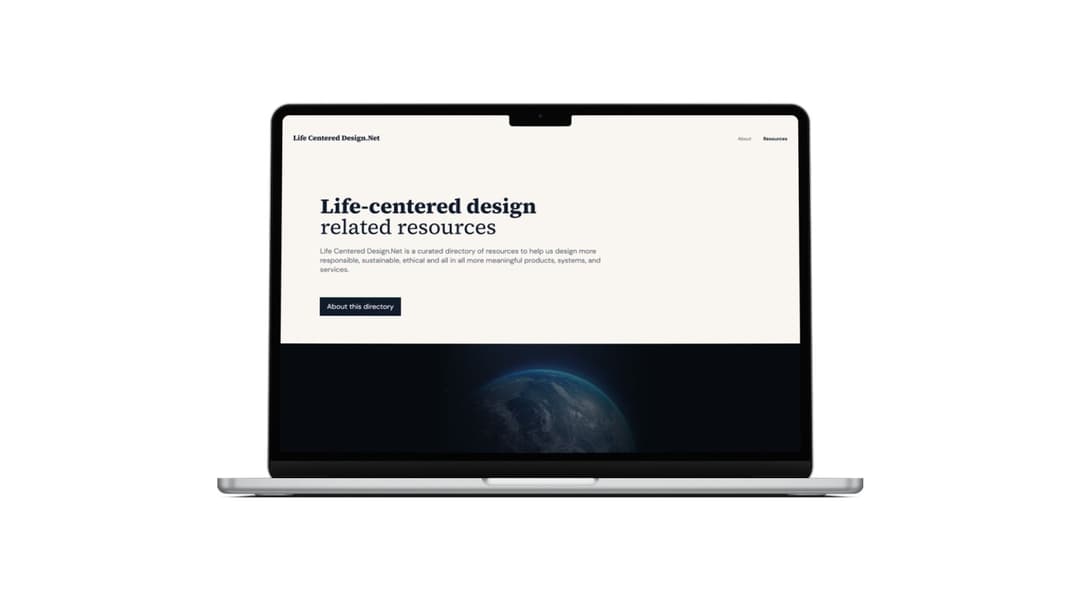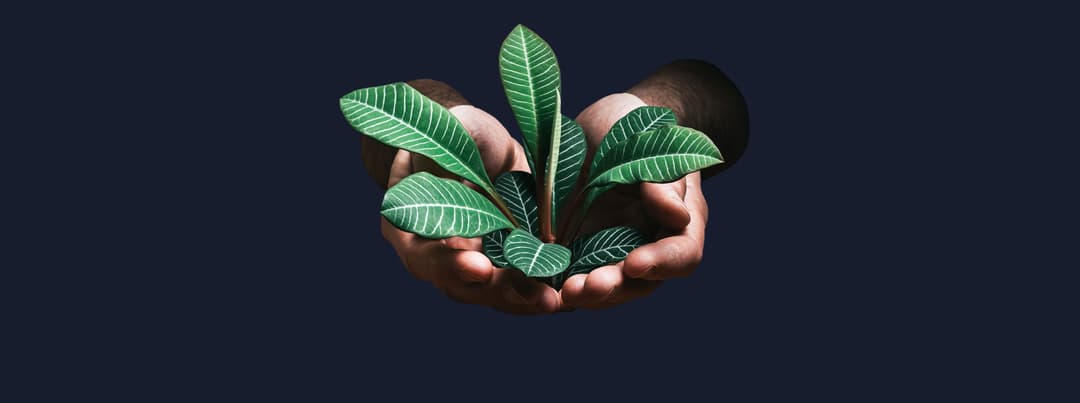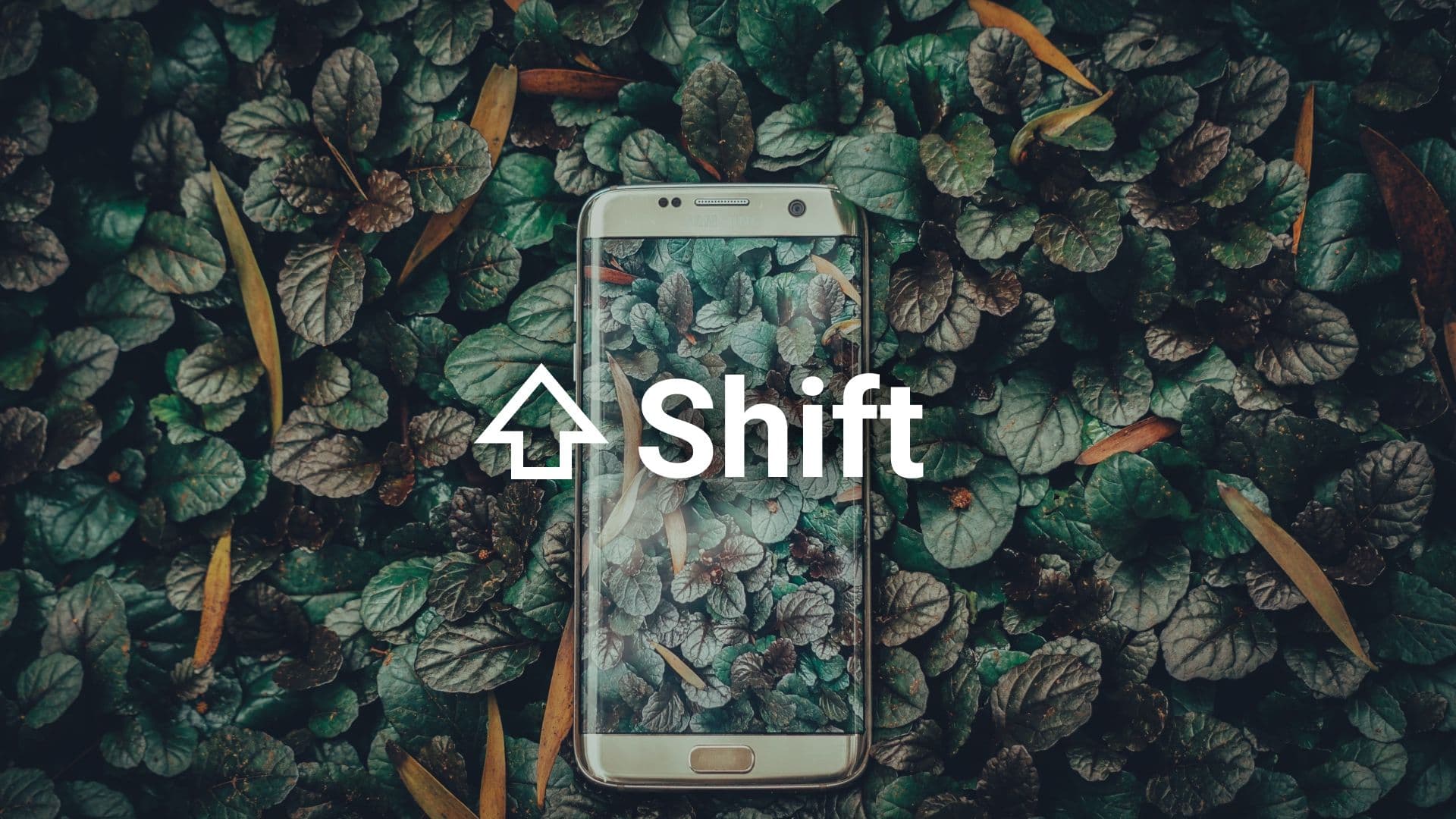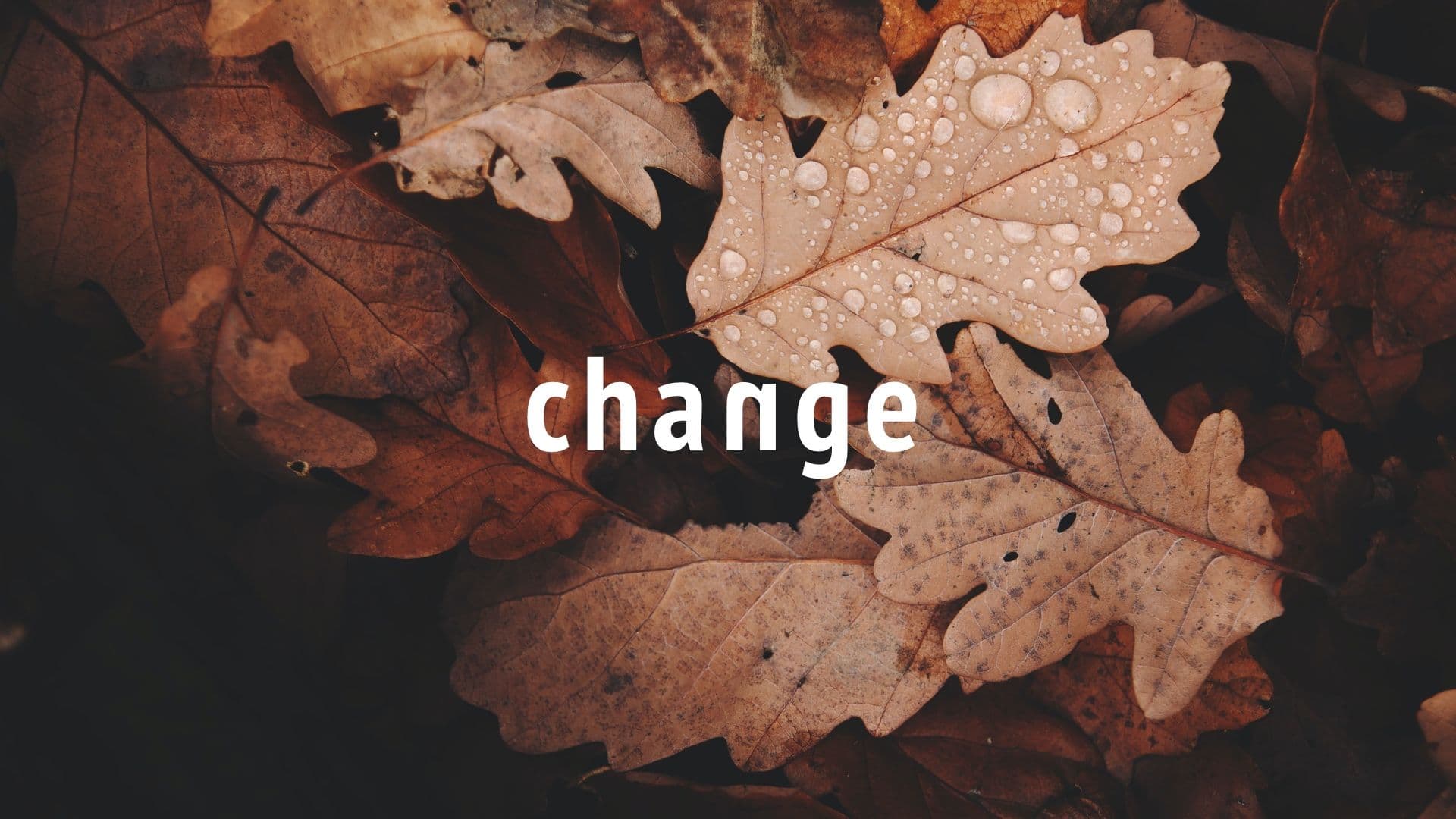Everything Life-centered Design and what I am doing in this space
I believe that we need to start to go beyond short-term desires, think holistically, and create value in a greater sense in order to build sustainable businesses and become future-ready.
My Life-centered Design projects
What is Life-centered Design?
Life-centered Design is an emerging design thinking that considers all life while designing products, systems, or services. It acknowledges, that we live in a co-dependent system and therefore need to act this way. Life-centered Design is a holistic approach that considers the whole life-cycle of a solution, all stakeholders – including non-human ones – and short-term as well as long-term effects. There is an ever-growing community that is developing and promoting the principles of life-centered design and creating practical tools to help make it applicable. One example is the Life-centered Design Collective we founded in 2022. Some tools, like the non-human persona, have been used and perfected quite a lot already, while others are just being developed. If you want to stay up to date on resources around LCD, I want to recommend my repository called LifeCenteredDesign.Net

My Life-centered projects
Here are the Life-centered Design projects I am working on
LifeCenteredDesign.Net – A Resource Repository
A couple of years ago I started working on LifeCenteredDesign.Net and finally launched it in 2022 together with my husband Timo Clasen. For now, LifeCenteredDesign.Net is a hub for resources around Life-centered Design and related fields. The overarching vision is to create a a place where people can go if they need help getting into Life-centered Design or if they want to approach their project in a life-centered manner.

My Life-centered Design principles
These are the principles that guide my thinking and doing in Life-centered Design:
Purposeful
Life-centered Design puts purpose over profit

Long-term oriented
Applies long-term rather than short-term thinking
Balanced
Applies systems thinking and aims for balance (whole ecosystem)
Holistic
Regards the whole lifecycle of a solution and all (including non-human) stakeholders
Inclusive
Regards stakeholders of all backgrounds
Inspired by nature
Applies Biomimicry and therefore takes inspiration from natural systems and nature as a whole

Sustainable wellbeing
Is guided by a sustainable understanding of well-being that goes beyond the individual and acknowledges, that we live in an interconnected system
Ethical and non-exploitative
Allows no exploitation over the whole lifecycle
Blog
Blog Posts about Life-centered Design

My Life-centered Design journey
I first came across the term “Life-centered Design” in 2019 in a Podcast Episode called “The Future is Life-Centered” – an Interview with Jane Fulton Suri (IDEO) in the Podcast “Mixed Methods”. This came at a perfect time, as it coincided with an ever-growing feeling of “not doing important enough work” and the wish to do more good with my time and talents.
From that moment on, I tried to learn as much as I could about Life-centered Design. I am still learning and I am also still trying to figure out how I can integrate Life-centered Design into my UX Design practice. But since I first heard that term, so much has evolved. Life-centered Design got way more popular and the community has grown a lot.
But also regarding my own journey: I found more and more ways to contribute to the LCD space. We launched the resource hub LifeCenteredDesign.Net, I co-founded the Life-centered Design collective, created frameworks for my students to use in my lecture at Stuttgart Media University, got interviewed or gave presentations a couple of times, co-founded a working group inside a German non-profit and so on. All of that with the intention to keep learning, collaborating, and sharing my believes and knowledge.
How Life-centered Design changes the way we design
This is how Life-centered Design changes the way we create products, systems, and services
From Human-centered
- Focusing on human needs
- Focusing on the context of use
Life-centered Design expands our thinking and doing along two axes
This is how I view it: Life-centered Design expands our thinking and doing in two dimensions:
- The first one is the time dimension. If we want to create a sustainable, or better yet, a regenerative solution, we need to expand the time we consider while designing. Instead of looking only at what serves short-sighted human desires or current problems of users, we should also consider the indirect and long-term effects of a solution and all its parts. Another way the time dimension is being expanded is regarding the lifetime of a solution. In Life-centered Design, we consider the whole life-span of a solution – from its building blocks all the way to whatever remains of it and the effects that have. Ideally creating a circle, where the remaining parts can be used to create something new or where the solution or parts of it regenerate something else.
- The second one is the actors and context dimension. Instead of only looking at human needs and human problems, in Life-centered Design we consider the needs of all life and address challenges that non-human life is facing. We not only want to make sure that our solutions do not harm non-human life, but we also need to start building products, services, and systems that serve or regenerate non-human life.


